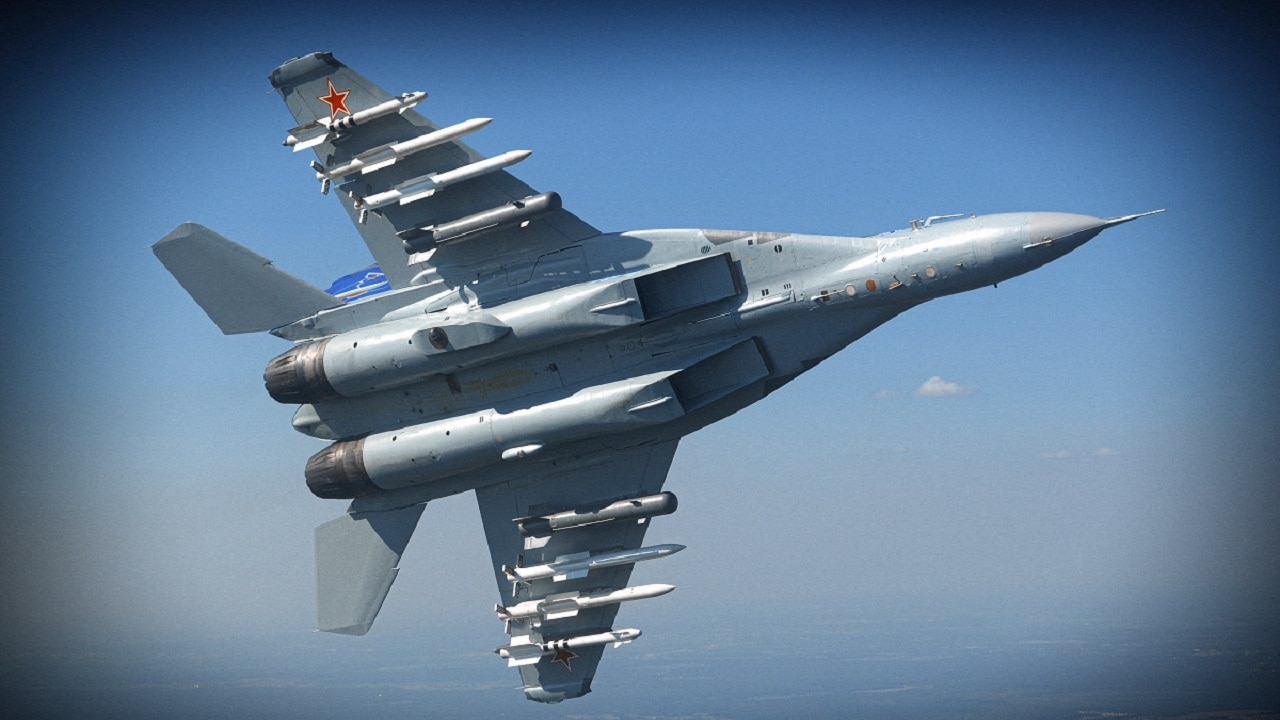In the early hours of Russia’s war against Ukraine, the most visible manifestations of the attack have come from the air.
The Russian Aerospace Forces (VKS) are the contemporary institutional manifestation of Russian airpower, having been amalgamated from two different airpower branches in 2015.
Russian airpower reached a low point in the 2000s, with minimal pilot training, aging equipment, and a lack of significant upgrades to frontline assets.
Russia has honed its airpower since 2008 when a tepid Georgian air defense network caused embarrassing losses for the Russian air forces.
Russia’s primary theater of operation was Syria, where it has engaged in an air war for the last six years. Along the way, Russia tested new weapons, improved its maintenance and flying capabilities, and developed modern procedures for undertaking a war against a committed opponent, albeit one without a modern air defense network.
Sebastien Roblin has outlined the assets that Russia has for conducting its air war against Ukraine. Russia has at its disposal a huge armada of aircraft, albeit nearly all of Cold War vintage. Its most important fighter aircraft include MiG-31 “Foxhound” interceptors and Su-35 “Flanker” fighter-bombers, although the former appears to be reserved for deterring Western intervention.
Russian pilot training, which had suffered dramatically in the years after the end of the Cold War, has recovered somewhat over the last decade. This has included a substantial increase in cockpit hours for Russian pilots, some of which were earned in combat conditions in Syria. Russian air forces have also more aggressively pursued opportunities for training in exercises with foreign countries, especially China.
Ukraine’s air force was formidable on paper when Ukraine became independent in 1991, but the force has decayed substantially. Ukraine used airpower aggressively in the 2014 conflict, but many Ukrainian aircraft were destroyed by surface-to-air missile sites in the separatist regions (one of these installations also destroyed a Malaysian civilian jetliner).
NATO did not take the opportunity to help modernize the Ukrainian air forces after the 2014 war, in large part to avoid provoking Russia. In hindsight, this decision seems questionable, but Russia reacted very poorly to Ukraine’s use of Turkish drones in the separatist regions last year, suggesting that Moscow viewed airpower upgrades as a red line.
Thus, Russia has huge advantages. It has more aircraft, its aircraft have been updated more recently, and its pilots have combat experience. The Russian air forces also have a first-mover advantage, being able to launch strikes with a least a degree of tactical surprise (Russia obviously gave up on operational surprise some time ago). What could Russia do with this advantage? The Russian air campaign in Syria began in September 2015. It performed a panoply of airpower missions, including interdiction, long-range strike, close air support, search and rescue, and airlift. In some cases, Russian aircraft operating out of Russia conducted long-range precision strikes with cruise missiles. In other cases, local Russian aircraft dropped plentiful “dumb” weapons on positions held by insurgents. Despite official Russian denials, multiple reports emerged during the war of intentional attacks against civilian infrastructure, including hospitals.
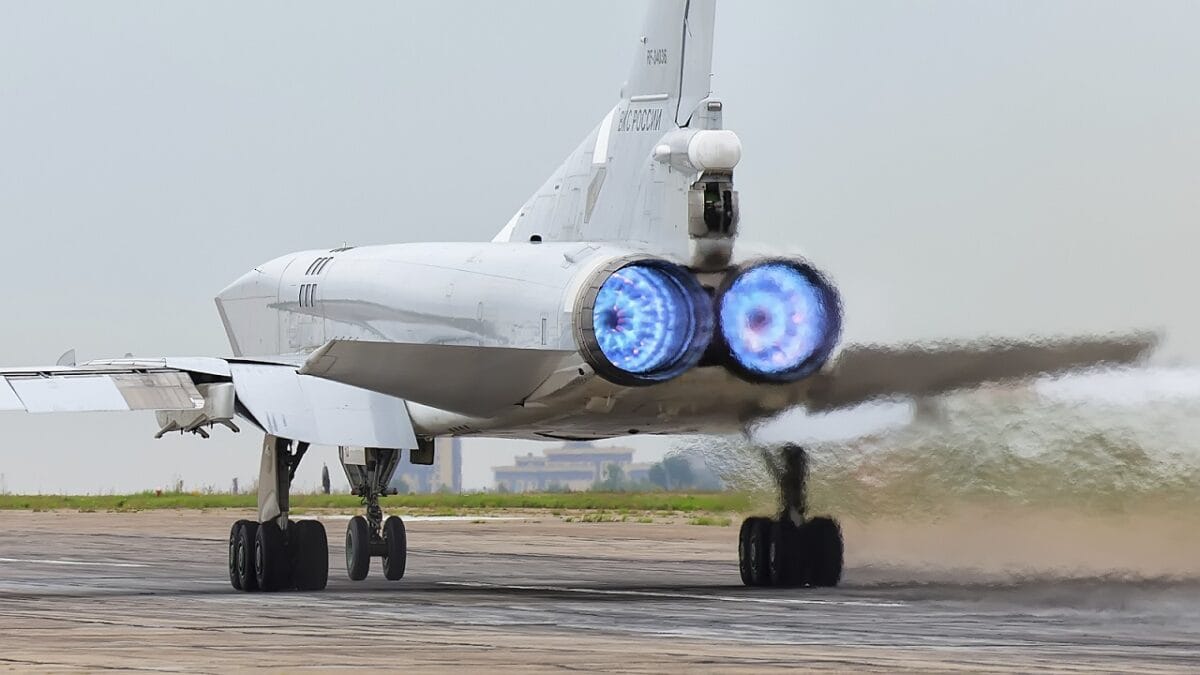
Russia’s Tu-22M3 Bomber. Image Credit: Creative Commons.
What do we know about Russian airpower thus far in the Ukraine invasion?
Russia appears to have launched helicopter-borne attacks against critical Ukrainian infrastructure, including airports, in the first wave of the invasion. Seizing the airports enables Russia to fly in larger aircraft with correspondingly larger contingents of troops and of heavy equipment.
Russian attack aircraft (including “Frogfoot” jets) have reportedly attacked Ukrainian defensive positions at several points across the country. Reports also indicate that Ukrainian powerplants have come under attack, suggesting that civilian infrastructure has not been spared. Precision-guided cruise missile strikes have also been reported, although we as of yet lack good intelligence regarding whether these strikes came from land, sea, or air-based platforms.
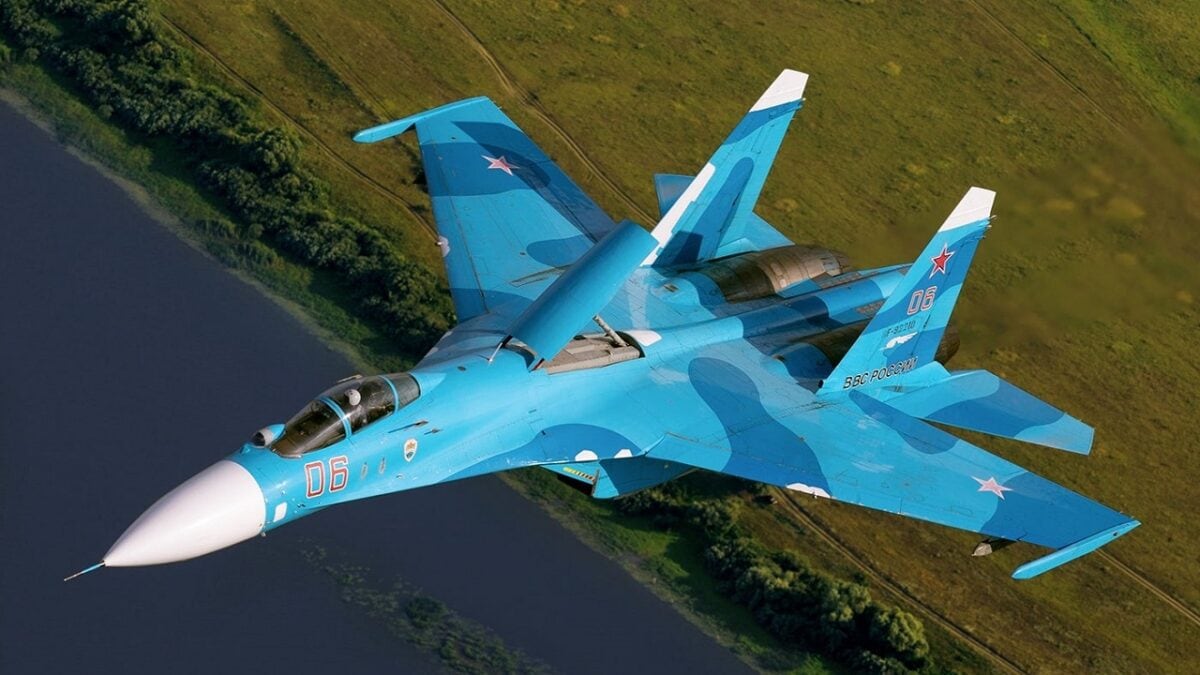
Russia’s Su-27 Flanker. Image Credit: Creative Commons.
Ukrainian airfields (including those not targeted for seizure by helicopter-borne assault troops) have been struck by Russian jets. Russia claims to have downed several Ukrainian drones and a Ukrainian helicopter against the losses of a single fighter jet. A Ukrainian transport plane crashed with several casualties but the cause of the crash remains uncertain.
There have been intermittent reports of dogfighting between Russian and Ukrainian fighters (Ukraine claims to have scrambled its fighters before their airfields could be attacked) but much of the action remains shrouded by the fog of war.
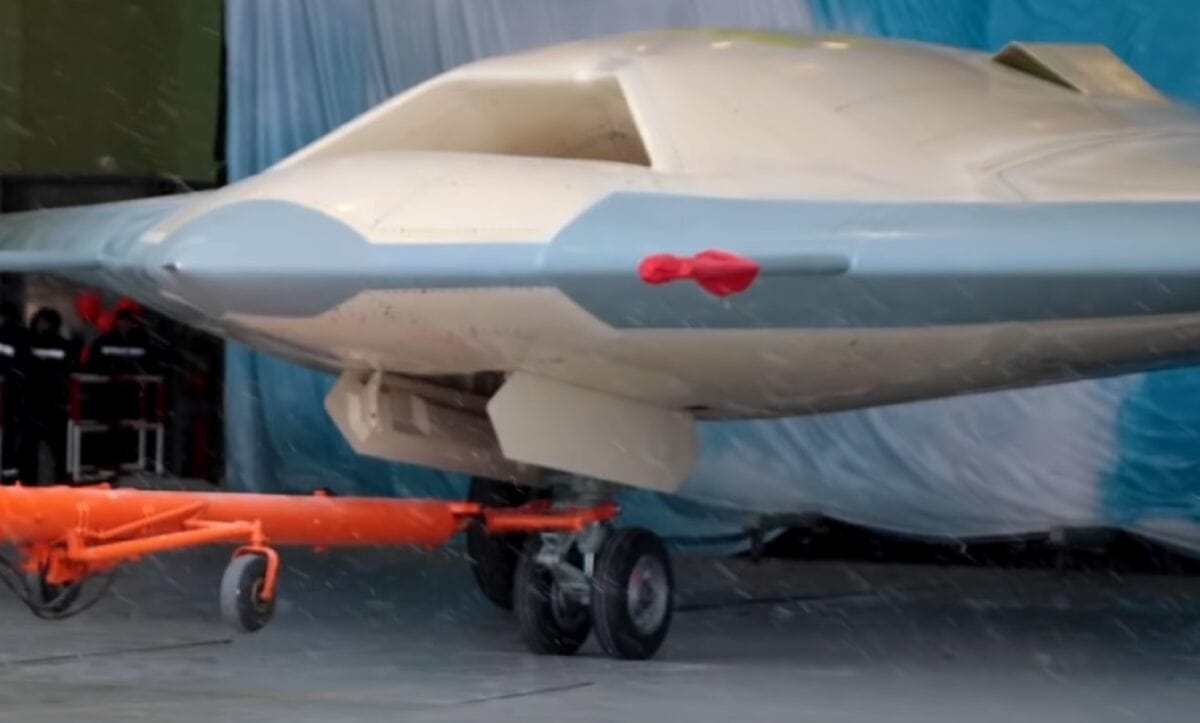
Russia’s New Loyal Wingman UAV. Image Credit: Russia Government.
Russia’s attack on Ukraine is less than a day old, and much remains uncertain. We can say without a doubt, however, that Russia has worked hard to restore the lethality of its airpower, and that Ukraine is feeling the effects of that restoration today.
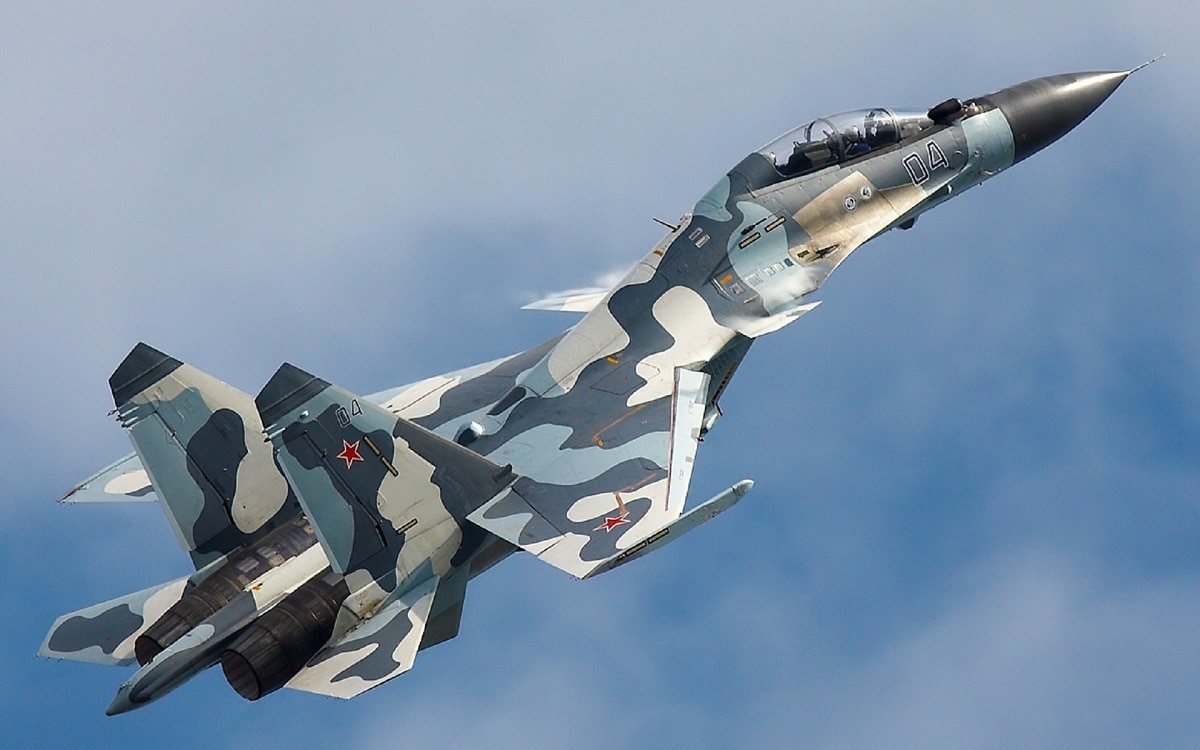
Russian Su-30 Fighter
Now a 1945 Contributing Editor, Dr. Robert Farley is a Senior Lecturer at the Patterson School at the University of Kentucky. Dr. Farley is the author of Grounded: The Case for Abolishing the United States Air Force (University Press of Kentucky, 2014), the Battleship Book (Wildside, 2016), and Patents for Power: Intellectual Property Law and the Diffusion of Military Technology (University of Chicago, 2020).

